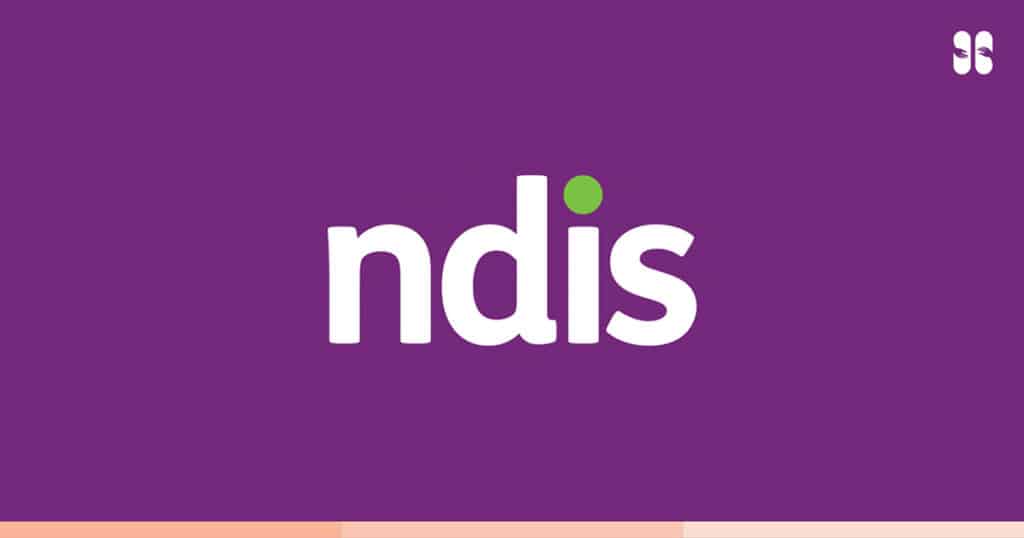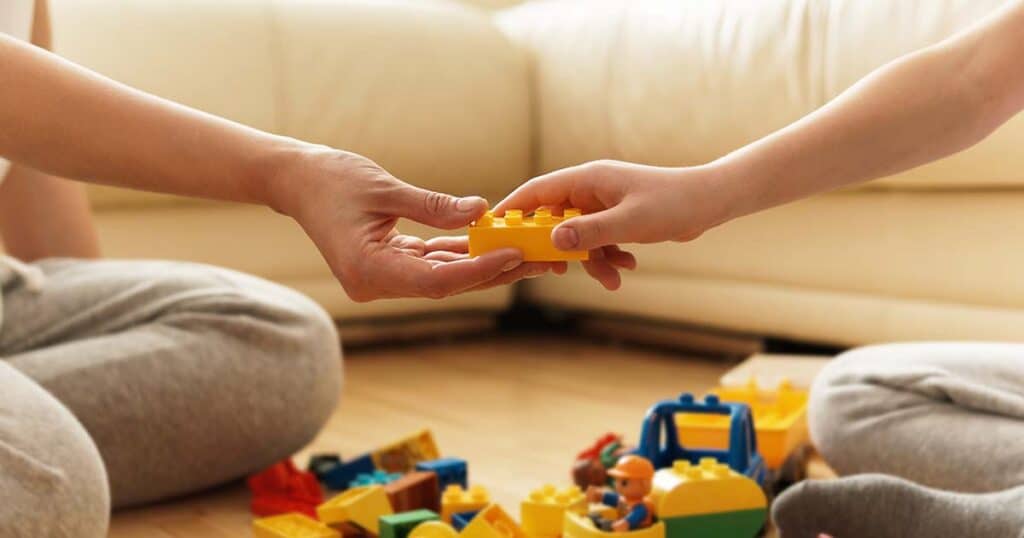Navigating the National Insurance Disability Scheme (NDIS) can be a daunting process for someone caring for a loved one living with a disability. It is worth becoming familiar with the scheme as it is designed to help you access in home disability care, aiding with independence and assistance in daily life.
What is the NDIS?
Created by the Australian Government, the scheme provides funding for eligible people living with a disability.
Supporting over half a million Australians, the funding provided can be used to access:
- Supports and services such as education, social participation and travel, independence, living arrangements and health and wellbeing. These would be required to be reasonable and necessary supports for the recipient.
- Employment support, allowing participants who need assistance to be able to pursue their work goals
- Health related support – where a participant requires medical support, devices or supplies.
Each eligible participant will be provided with a customised NDIS Plan according to their needs.
Understanding an NDIS Plan
Each individual plan comprises three categories of support: Core, Capacity Building, and Capital supports.
Core Supports
This is the budget that we at Harmony House most often access, as it pertains to helping participants with support in their day-to-day life. There are four sub-categories under this, and participants often have the flexibility to use funding between them as they require:
- Assistance with daily life: personal care, Supported Independent Living, disability day services (such as provided by Harmony House), nursing assistance, gardening, laundry etc
- Transport: such as disability transport services to and from appointments, to community meetings and social engagements etc (where a disability prevents using public transport)
- Consumables: everyday items and low-cost products such as nutritional supplements, continence products, language education or translation, low cost technology and devices for assistance
- Assistance in social, economic and community participation: eg one-to-one support at social outings, sporting and exercise assistance, and assistance in employment
Capacity Building Supports
This funding budget is allocated to help participants build their skills and achieve their goals.
- Support coordination: coordinators who help to put the NDIS in home support plan into action
- Improved living arrangements: costs incurred for assistance in securing suitable independent living, e.g., help with inspections, applications etc
- Increased social and community participation: costs pertaining to help in becoming independent eg therapists, classes, coaching etc
- Finding and keeping a job: costs associated with assistance in a job search, job training, recruitment
- Improved relationships: therapy or other modalities which help the participant build social skills
- Improved health and wellbeing: dietitians, exercise therapists, personal trainers
- Improved learning: specifically helping in the transition from school to further study
- Improved life choices: costs relating to the employment of a plan manager to help with an NDIS plan
- Improved daily living: therapy costs relating to reducing the impact of a disability, e.g., speech therapy, occupational therapy and physiotherapy
Capital Supports
These are generally inflexible as they are there for specific capital requirements for products to help participants with their disability services in Australia.
- Assistive technology : tech or equipment such as a smart tablet, wheelchair etc
- Home modifications: where your home needs ramps, kitchen & bathroom modifications etc
How to apply for an NDIS Plan
Applications can be verbal or via form, and can be accessed via the details found here.
Before application it it wise to get required evidentiary documentation ready:
- Birth certificates, passport or other forms of identification
- Proof of Australian Citizenship or Permanent Residency
- Proof of disability (medical reports, letters from medical professionals)
- Proof that you reside permanently in Australia (lease, home ownership, utility bills, bank accounts).
How does Harmony House work with NDIS plans?
As you can see from the above, there are many different aspects to an NDIS plan, and many supports available. At Harmony House we have expert advisors on hand to help navigate the above categories to ensure that the participant optimises their individual NDIS plan.
As we specialise in in home disability care and supporting individuals to live independent, goal oriented lives, we work with participants, their families and care workers to access the best range of disability care and funding available via their NDIS plan.
To get step-by-step support simply register HERE and one of our experienced consultants will be in touch. Alternatively give us a call on 03 8564 8505.






